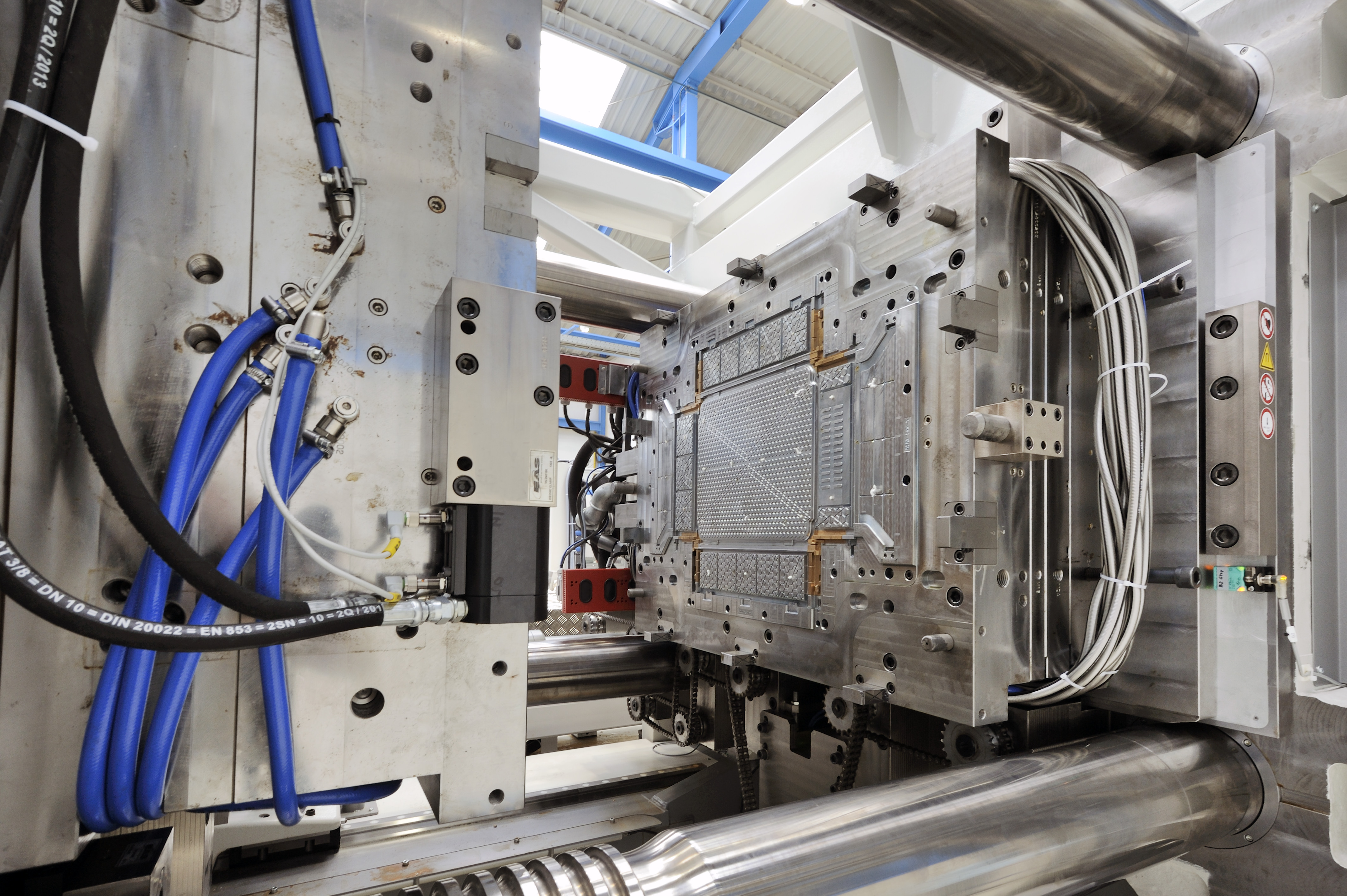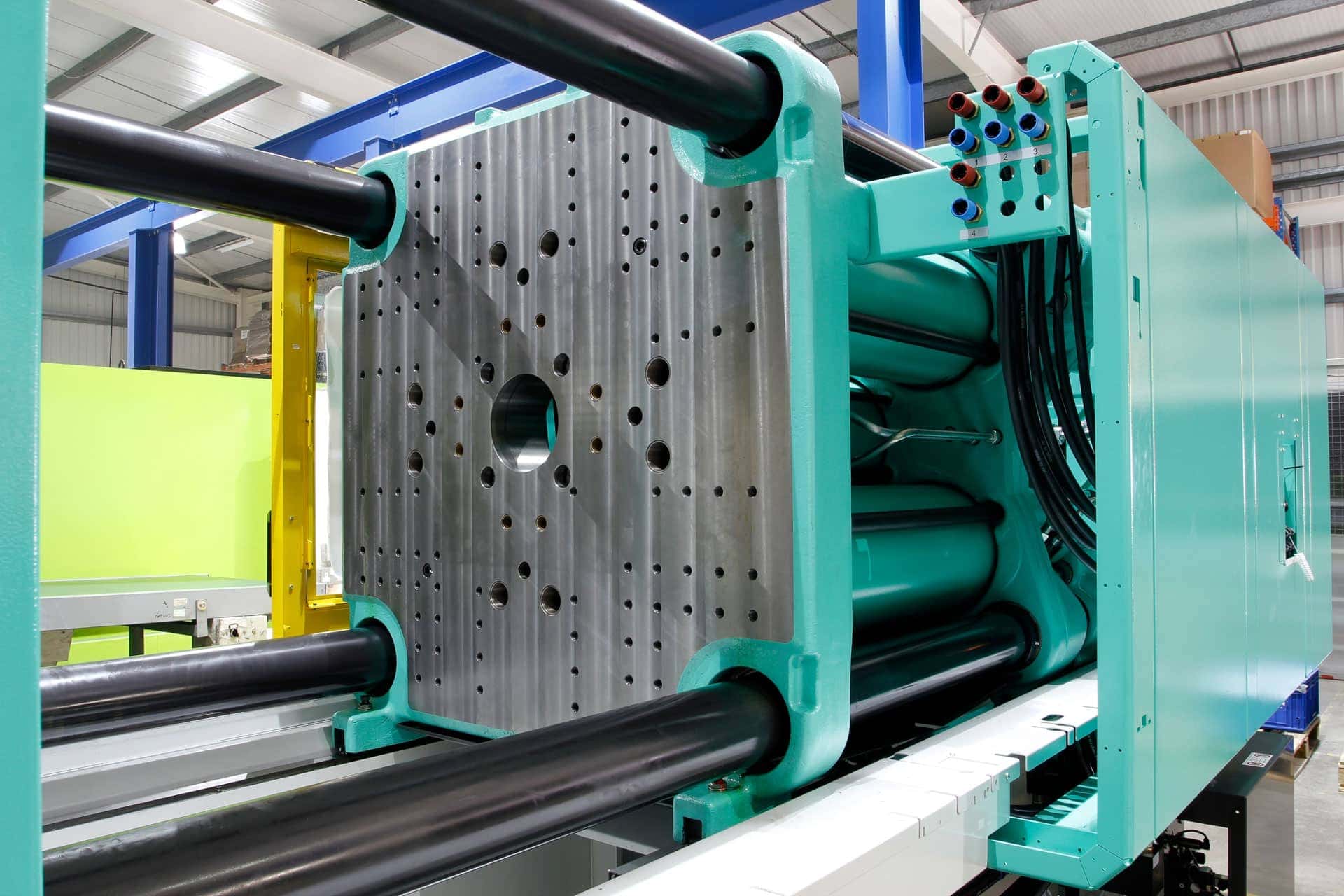The Advantages of Using Plastic Injection Molding for Custom Parts Manufacturing
The Advantages of Using Plastic Injection Molding for Custom Parts Manufacturing
Blog Article
Understanding the Fundamentals of Plastic Injection Molding Processes
Plastic shot molding acts as a foundation of contemporary production, giving a systematic technique to generating complicated elements with accuracy. This process not just includes the basic actions of melting and infusing materials into mold and mildews however additionally entails a nuanced understanding of different affecting elements, such as temperature level and stress. As sectors significantly demand efficiency and high quality, the intricacies of this technique come to be much more vital. Exploring these necessary components could reveal how even small modifications can result in considerable improvements in production results, questioning regarding the possibility for advancement in this recognized procedure.
What Is Plastic Shot Molding?
Plastic injection molding is an extensively made use of production process that changes thermoplastic and thermosetting materials right into precise and complicated forms. This technique is preferred for its ability to create high quantities of identical components with remarkable precision, making it an essential approach in various markets, consisting of automotive, consumer items, and clinical devices.
The process entails thawing the chosen plastic material and infusing it into a mold and mildew under high stress. The mold, created to the requirements of the desired part, enables the liquified plastic to form as it strengthens and cools down. As soon as the product has hardened, the mold is opened, and the completed part is expelled.
Plastic shot molding supplies several advantages, including decreased waste, consistency in production, and the ability to integrate intricate layouts that might be testing with various other manufacturing methods. Additionally, it supports a broad series of materials, each offering distinct homes that can be customized for certain applications. As markets proceed to introduce, plastic injection molding remains at the forefront, allowing the development of sophisticated items that satisfy progressing customer demands.
The Injection Molding Refine
The shot molding process is an advanced technique that involves several vital phases to generate high-quality plastic components. Plastic pellets are fed into a warmed barrel where they are thawed into a viscous fluid. This molten plastic is after that injected under high stress right into a precision-engineered mold, which shapes the product into the desired kind.
When the mold is loaded, the plastic is enabled to strengthen and cool down, taking the form of the mold and mildew dental caries. Air conditioning time is important, as it impacts the cycle time and the last buildings of the shaped part. After enough cooling, the mold and mildew opens, and the ended up element is expelled utilizing ejector pins.

Materials Utilized in Injection Molding
Various materials can be utilized in the shot molding process, each offering distinct buildings that cater to certain applications. One of the most generally made use of products include thermoplastics, thermosetting plastics, and elastomers.

Thermosetting plastics, like epoxy and phenolic materials, undertake a chemical change throughout the curing procedure, resulting in a stiff, stringent structure. These materials are suitable for applications requiring high warm resistance and architectural honesty, often utilized in vehicle components and electric insulators.
Elastomers, including silicone and rubber-based materials, offer versatility and strength. Their one-of-a-kind homes make them ideal for applications that require flexibility, such as pop over to these guys gaskets and seals.
Additionally, specialty materials like bio-based plastics and composites are acquiring traction for their ecological advantages and improved efficiency features, widening the scope of injection molding applications in various industries. Understanding the residential properties of these products is vital for choosing the proper kind for details tasks.
Benefits of Shot Molding
Shot molding sticks out as an extremely effective manufacturing process that offers numerous benefits for generating complicated get rid of precision. One of one of the most substantial advantages is the ability to create detailed layouts that would be challenging or impossible to achieve with other approaches (Plastic Injection Molding). The process permits limited tolerances and in-depth features, making sure premium components
In addition, shot molding is known for its quick production capabilities, making it an excellent option for high-volume manufacturing. As soon as the mold is created, components can be produced promptly, minimizing lead times and boosting overall performance. This effectiveness not just reduces manufacturing expenses yet likewise gives a competitive edge in the marketplace.
The convenience of materials utilized in shot Find Out More molding further boosts its allure. A vast array of thermoplastics and thermosetting polymers can be used, allowing suppliers to pick materials that best fulfill their certain needs, consisting of toughness, versatility, and warm resistance.
Furthermore, the procedure minimizes waste, as excess material can often be recycled and recycled. This sustainability facet adds to a minimized ecological impact, making injection molding an accountable production selection. In general, the advantages of injection molding make it a preferred technique for several sectors.
Elements Affecting Product Quality
While countless factors can influence item quality in shot molding, understanding these aspects is essential for accomplishing ideal results. Trick facets consist of material selection, processing parameters, and mold and mildew layout.
Product option plays a crucial function, as various polymers exhibit distinct residential or commercial properties that influence flowability, stamina, and thermal security. Poor material option can cause problems such as bending or insufficient filling.
Processing criteria, including temperature level, cycle, and pressure time, need to be carefully controlled. Variants in these setups can lead to inconsistencies in component measurements and surface finish. Exceedingly high temperature levels may create deterioration of the polymer, while insufficient stress can result in brief shots.
Mold layout is similarly important, as it establishes the flow of the molten plastic and the cooling process. Improperly created mold and mildews may lead to irregular air conditioning rates, causing recurring anxieties and dimensional inaccuracies.

Final Thought
Finally, plastic shot molding functions as a crucial manufacturing process that enables the efficient manufacturing of high-grade parts. Proficiency of the shot molding process, including the understanding of products and the impact of different elements on item top quality, is essential for achieving ideal results. The benefits of this method, such as cost-effectiveness and layout versatility, additional underscore its relevance across multiple sectors, strengthening its condition as a favored choice for high-volume manufacturing.
Plastic injection molding offers as a cornerstone of modern manufacturing, giving a systematic technique to generating intricate elements with precision.Plastic shot molding provides several benefits, consisting of reduced waste, uniformity in manufacturing, and the capability to include intricate layouts that may be challenging with other making methods (Plastic Injection Molding). As industries continue to introduce, plastic shot molding remains at the leading edge, making it possible for the advancement of sophisticated items that meet developing consumer demands
The injection molding procedure is an advanced technique that includes a number of vital phases to generate high-grade plastic components.In conclusion, plastic shot molding offers as an essential manufacturing procedure that allows the reliable production of high-quality parts.
Report this page